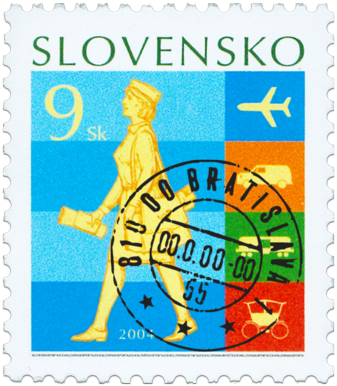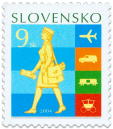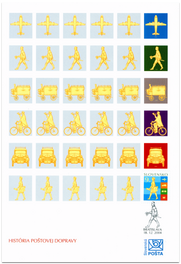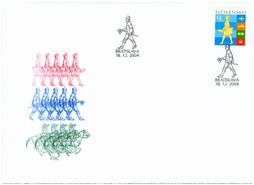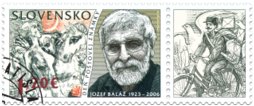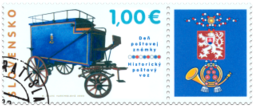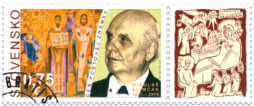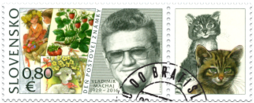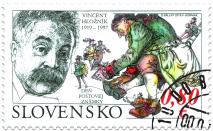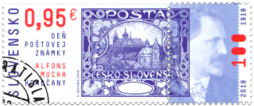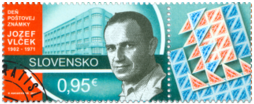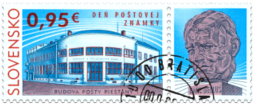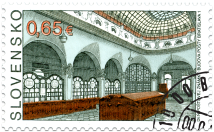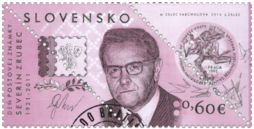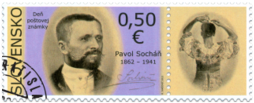344 Date of issue
18.12.2004 Face value
9.00 Sk Sell price
0.16 €
The transport of postal items has always represented the key activity of postal services world-wide. The importance of the prompt and reliable transport of messages was valued even by sovereigns in ancient times. For this service, they initially used foot messengers and horse riders. The Romans were the most advanced in the organisation of the conveyance of messages and goods. The Roman state post “cursus publicus” used built paved roads and a dense network of post-stations and coach houses. Besides horse riders, the Roman post also utilised various types of carriages. The “rheda currens” carriages were used most frequently, as well as the carriages carrus, carruca and clabula. The Middle Ages were unable to follow the sophistication of the Roman postal system. The same was true for the means of transport. However, at the turn of the 16th century a new type of carriage which was also used for the transport of mail, spread from Hungary. It was called “coach” after the village of Kocs in the Komárno district, where it was first manufactured. “Dilligences” introduced in the Austrian imperial lands, and thus also in our territory, in the 18th century due to the reforms adopted by Maria Theresa, significantly contributed to the improvement of postal transport. “Dilligences” usually constituted a carriage and four horses and were designed to transport passengers and heavier loads. Postal systems reacted readily to the technical progress heralded by the industrial revolution in the 19th century and the subsequent inventions and refinements in the 20th century. Ships, trains, cars and finally airplanes have gradually become key components in the development of postal services. The stamp depicts a postwoman and pictograms of various means of postal items transport.
Show less© 2024 POFIS - Postal philatelic service. All rights reserved

